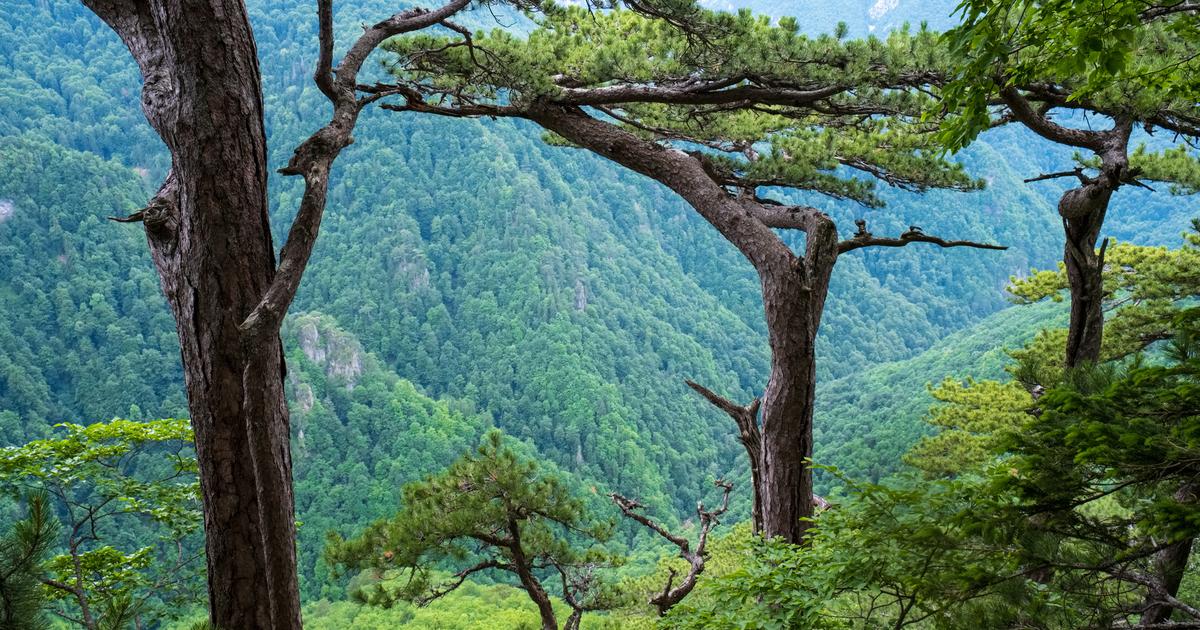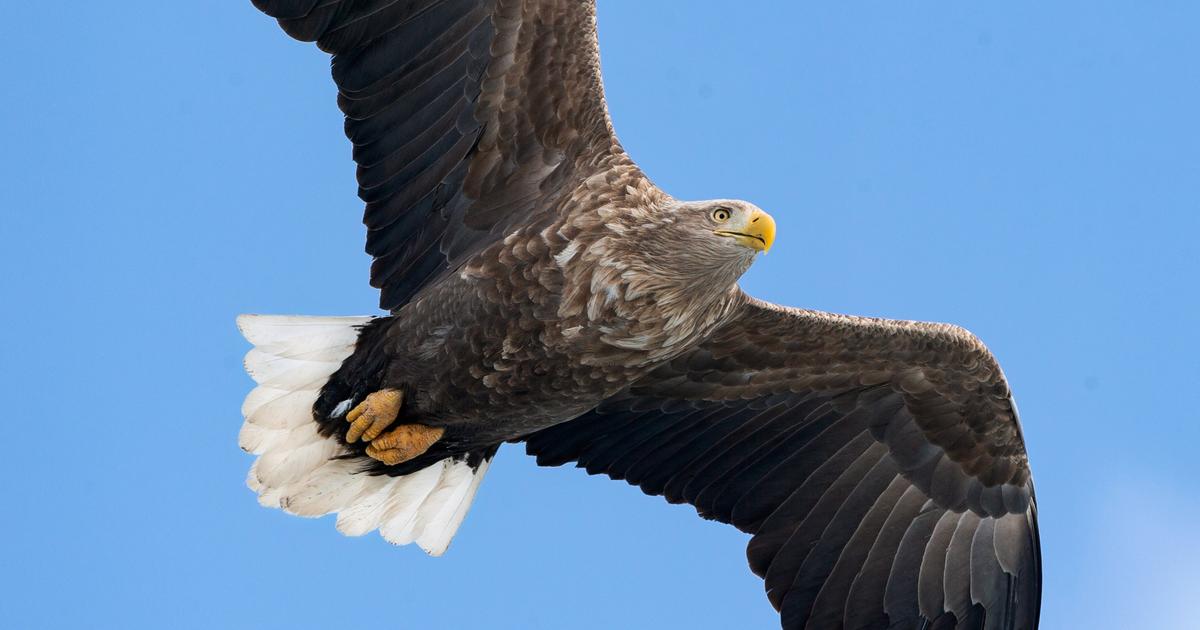A one-year-old tapir called "Milagro" is seen in its enclosure at the National Zoo in Masaya, Nicaragua, on December 10, 2020. - The tapir is one of the endangered mammals in Nicaragua, along with anteaters, jaguars, pumas and howler, spider and white-faced monkeys, among others, all threatened by the degradation of their habitat.
(Photo by Inti OCON / AFP) (Photo by INTI OCON / AFP via Getty Images)
(CNN Spanish) -
Authorities from the National Zoo of Nicaragua released more than 80 animals, including birds and mammals, into a private reserve, including two species that are on the red list for danger of extinction: the scarlet macaw and the tapir.
Four beautiful scarlet macaws spread their wings in the open sky at the Cervantes farm in Chinandega, located about 200 kilometers northwest of Managua.
Two of the birds were born two years ago and the other two were born six years ago.
Veterinarian Eduardo Sacasa, director of the National Zoo, explained that each one was given a ring and a chip with a number that allows them to be monitored for possible illegal capture.
In adulthood these birds can reach between 80 and 100 centimeters in length and more than 900 grams in weight.
Under favorable conditions they can live up to 40 years, Sacasa said.
The species is native to South America, Mexico, and Central America.
advertising
The director of the National Zoo affirms that, for several years, the destruction of its natural home due to the advance of the agricultural frontier, its illegal capture and sale have made the macaw in danger of extinction.
The extermination of the macaws
«The scarlet macaw or scarlet macaw is being exterminated in all markets: in the eastern market, in the streets, at traffic lights, they call you on the phone offering them to you and the worst thing is that they are taking them out of the reserve itself, out of the reserve Indio Maíz leaves any quantity of limpets », laments Sacasa.
CNN tried to find out about the efforts of the Nicaraguan Ministry of the Environment and Natural Resources (Marena) to stop the hunting and trafficking of macaws, through the government's Communication and Citizenship Council, but so far there has been no response.
Sacasa estimates that 90% of the illegally traded macaws die within days of their capture due to poor diet and the stress caused by the confinement.
Macaws photographed in the Santa Sofía Uchuma community, near Leticia, in Colombia's Amazonas department, on November 19, 2020. (Credit: Raúl Arboleda / AFP via Getty Images)
«They ask you for a limpet for $ 500, and what happens?
It is an animal that is undernourished for many days, they do not give it enough food and when the person who buys it buys it, perhaps it will die in a week, two weeks ».
The tapir or tapir
Wayku is a three-year-old female tapir and Goliath is a three-and-a-half-year-old male of the same species.
Both have an estimated weight of more than 150 kilograms.
They were born in captivity at the National Zoo and also came to their new home, the Cervantes farm, where their first calf will be born next August.
Eduardo Sacasa says that this species, which was abundant in the forests of the northern and southern Caribbean of Nicaragua, has disappeared due to the destruction of its natural habitat and indiscriminate hunting.
Hunters, he says, kill mothers to consume their meat.
They also sell the young for hundreds of dollars, to be taken to other countries.
«It is calculated in studies from two or three years ago that there are no more than 400 tapirs in Nicaragua.
The killing and extinction of them is faster than reproduction, because they are 400 days pregnant and, in nature, they are free, every two years you will have one ».
In 2008, the Ministry of the Environment and Natural Resources approved regulations that indefinitely prohibit the capture, hunting, commercialization and transport of these species.
The reproduction center of the National Zoo runs a program that, according to Sacasa, has sought the reproduction of 18 tapirs in captivity for the last 23 years.
The project, according to the veterinarian, is to create a genetic reproduction center for this species in the Chinandega reserve, 200 kilometers from Managua, because the weather conditions are favorable due to the impossibility of taking them to the Nicaraguan Caribbean by air.
Rescue, rehabilitate, liberate
The National Zoo Rescue and Rehabilitation Center receives abandoned animals, confiscated in markets and streets by environmental authorities or found in poor physical condition.
The purpose of the center is to free the animals in their natural environment, once they have been rehabilitated.
The physical and psychological recovery process can take months or years.
«It is the culmination of our work.
Sometimes you have to wait more than a year for an animal of these, which is carried with its wings cut off, doing cures and exercises.
And this ending is the greatest satisfaction one feels, "says Sacasa.
The zoo also released 25 turtles, four toucans — two of them razor-billed and two iris —, 10 chocoyos, three foxes, eight pigeons and one guatuza.
The Los Cervantes farm, located in the delta of Estero Real, also in Chinandega, has mountains, forests and streams.
In its 200 hectares, its owner, Eduardo Callejas, created security conditions for these species.
"We have protected this area for more than 25 years so that the animals feel comfortable in this natural environment and have the chance not only to survive, but to reproduce," says Callejas.
In 2020, the Zoo's rehabilitation center cured, rehabilitated and returned to their natural habitat 454 animals including mammals, birds and reptiles, species whose bodies and mobility were affected by the hand of man.
For Eduardo Sacasa, there is no greater happiness than contemplating how months of work conclude with the incorporation of these living beings in their habitat, in a second chance at life.









